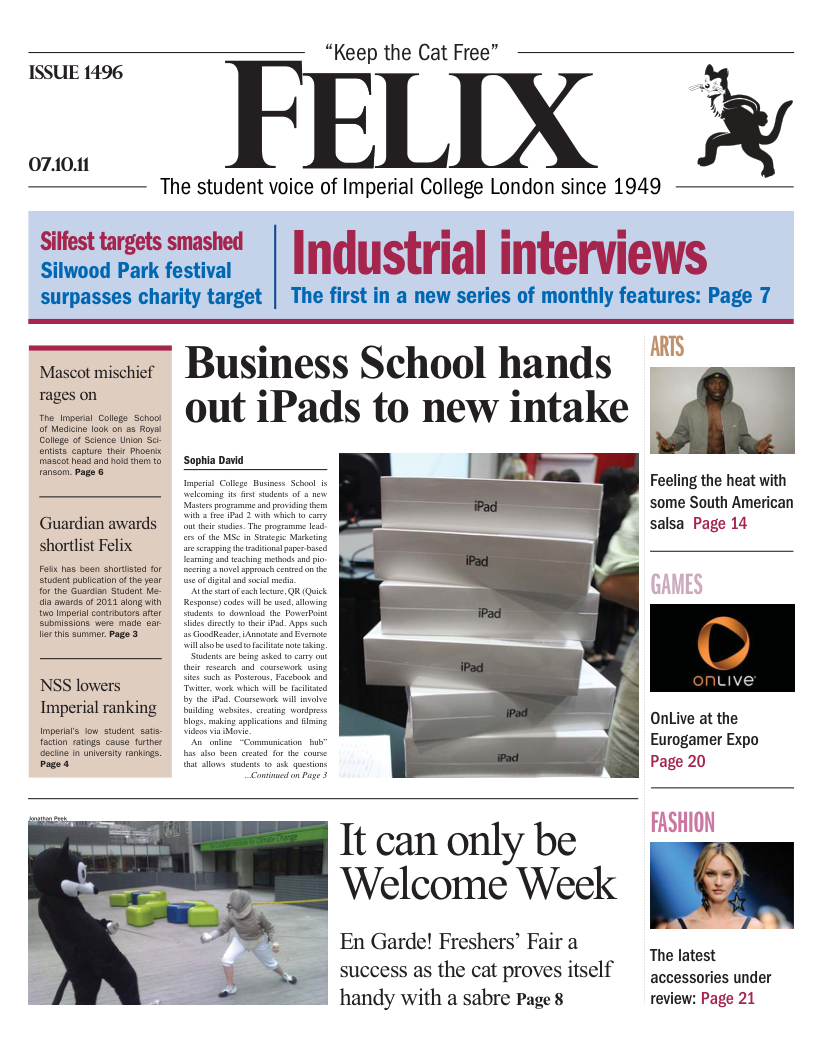Distant stardust found
Transiting planets reveal dust in far away planetary systems
In early October this year, there were 687 confirmed discoveries of planets outside our solar system. This number is growing almost daily and as it increases we can begin to dig deeper into the details of these planets, known as exoplanets because of their “extrasolar” nature, and explore their properties and those of the planetary systems they exist within.
A paper, to be published in Monthly Notices of the Royal Astronomical Society, announcing the discovery of “stardust” in two exoplanet systems is a step forward in this direction. The dust was found in planetary systems hundreds of lights years away from Earth.
Alexander Krivov, the lead author on the paper and an astronomer at the Friedrich Schiller University Jena in Gemany, believes the dust formed within a debris disk. Debris disks are common features in planetary systems. Our own solar system has two: the asteroid belt that lies between Mars and Jupiter, and the larger Kuiper belt that extends outwards from the orbit of Neptune.
Debris disks are thought to be left over from the formation of a star and its planets. The first step in the formation of a planetary system is the creation of a protostar at its centre. Around the protostar is a disk of matter, out of which planets begin to form. This happens when chunks of the matter in the disk begin to stick together, attracting more matter towards them through gravity. Eventually, enough matter is gathered to form a planet. The stuff left in the disk continues to orbit the young star and becomes a debris disk. Krivov believes that dust forms when rocks in the debris disk collide. His team are the first to find this “debris dust” in a system discovered using transiting planets.
There are several ways of detecting exoplanets. One, known as the transit method, involves measuring the amount of light coming from a particular star that astronomers suspect has orbiting planets. When a planet passes in front of the star, as seen from Earth, it creates a small dip in the amount of light we measure. One such dip could easily be explained away, but a series of dips that occur periodically can mean only one thing: an exoplanet. The transmit method is capable of measuring the density of exoplanets and, by extension, their size.
The fraction of planetary systems that can be studied using the transit method is small because Earth, the exoplanet and its star must be perfectly aligned for it to work. However, because of the extra information that can be gleaned this way — namely the size of the planet — it is still a useful method. By using the transit method, Krivov and his team were able to find debris dust by looking for the telltale increase in radiation caused by the star warming up the dust and the dust then radiating this heat. The astronomers see this as a radiation curve above the radiation curve of the star.






